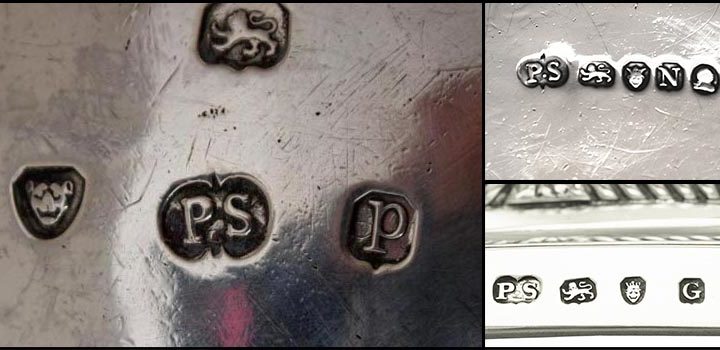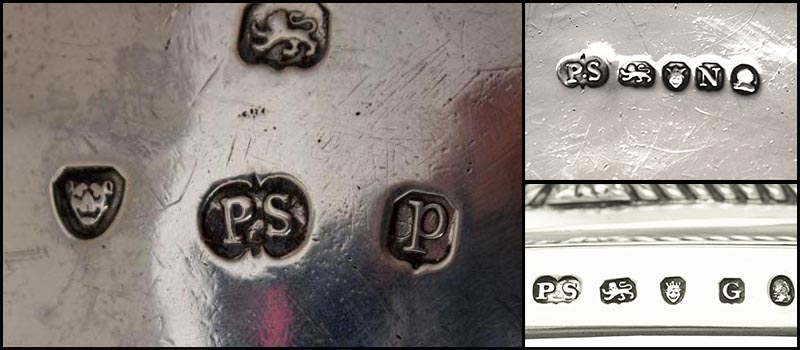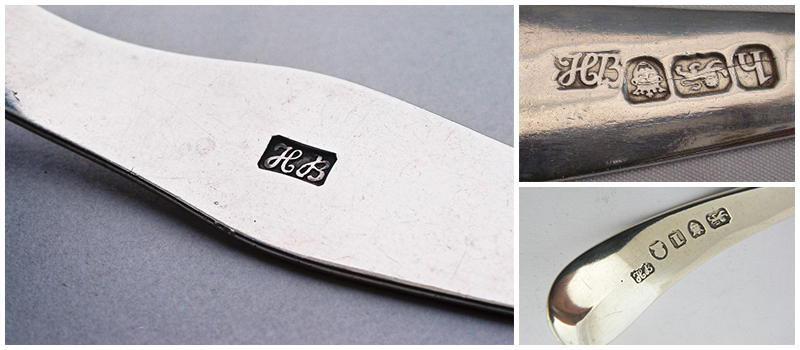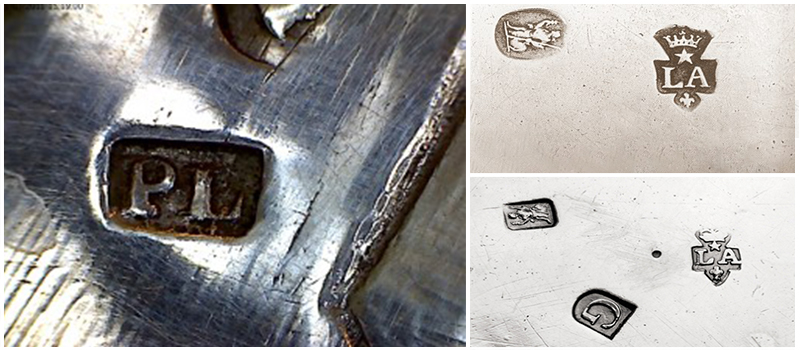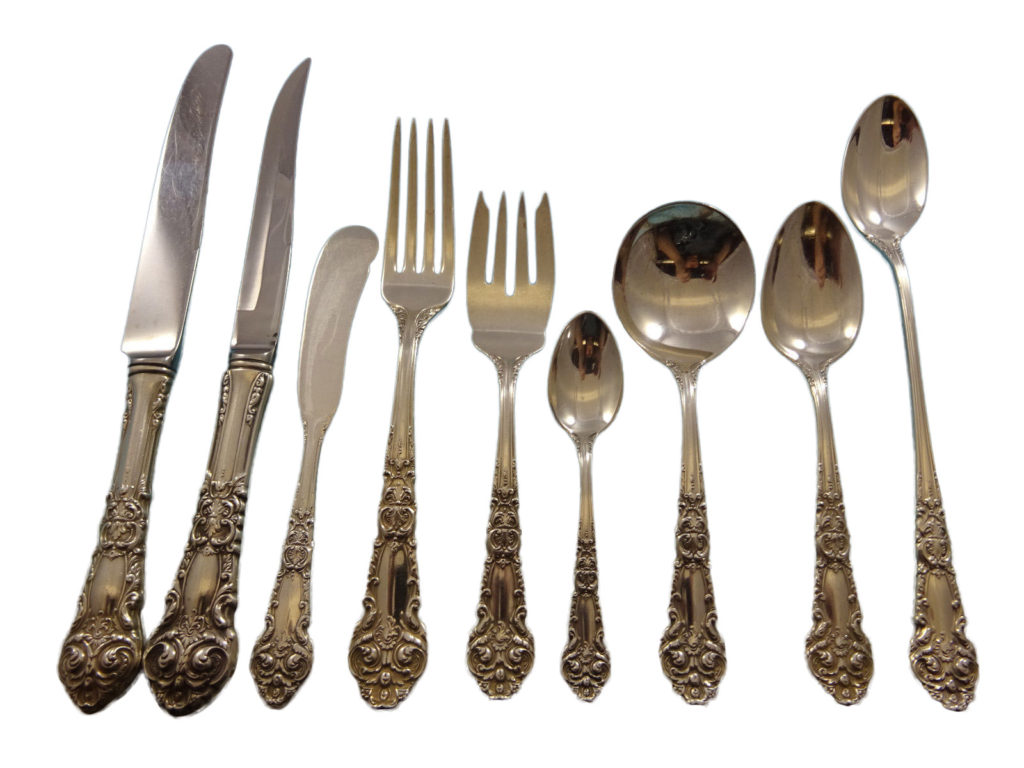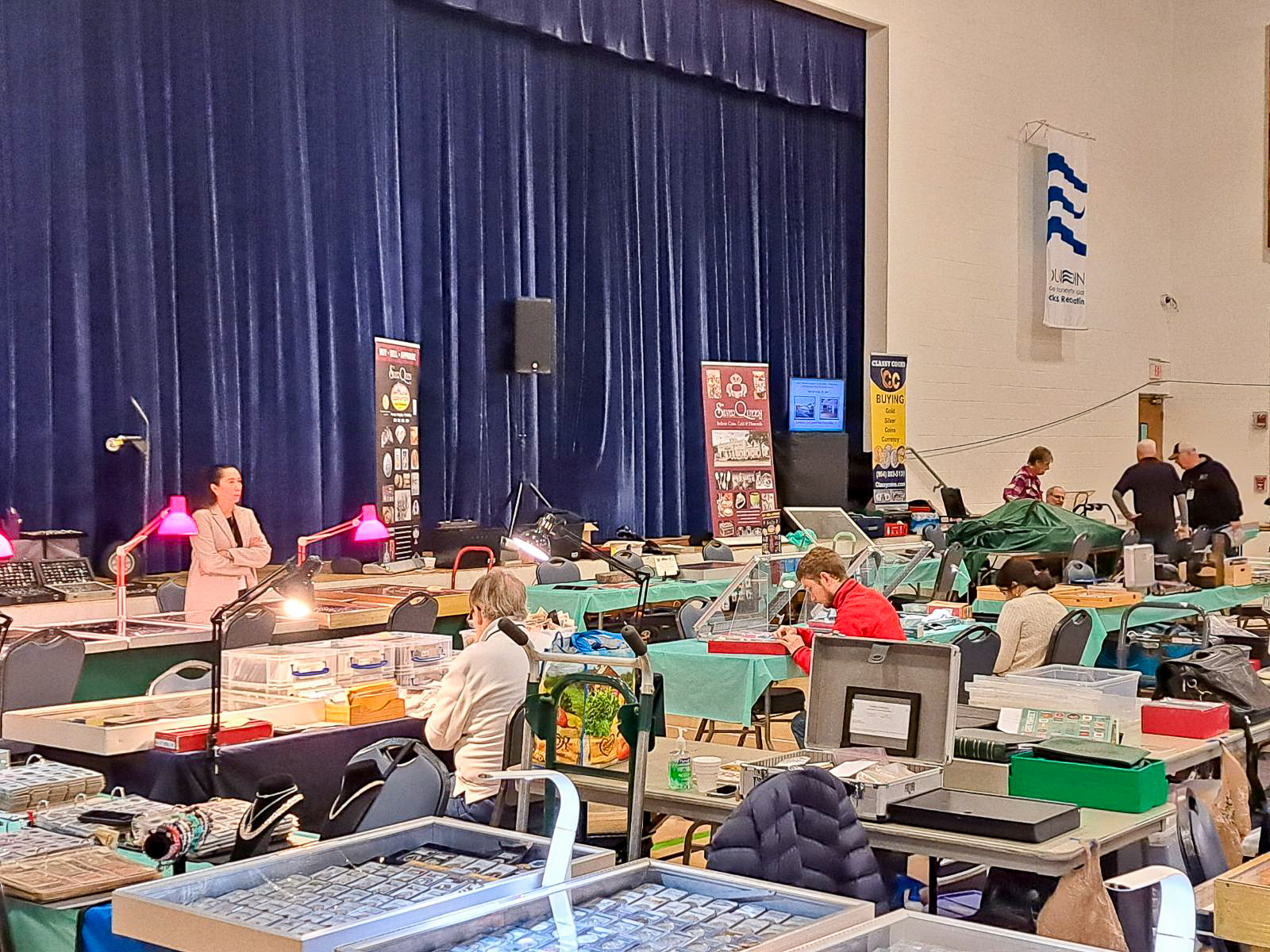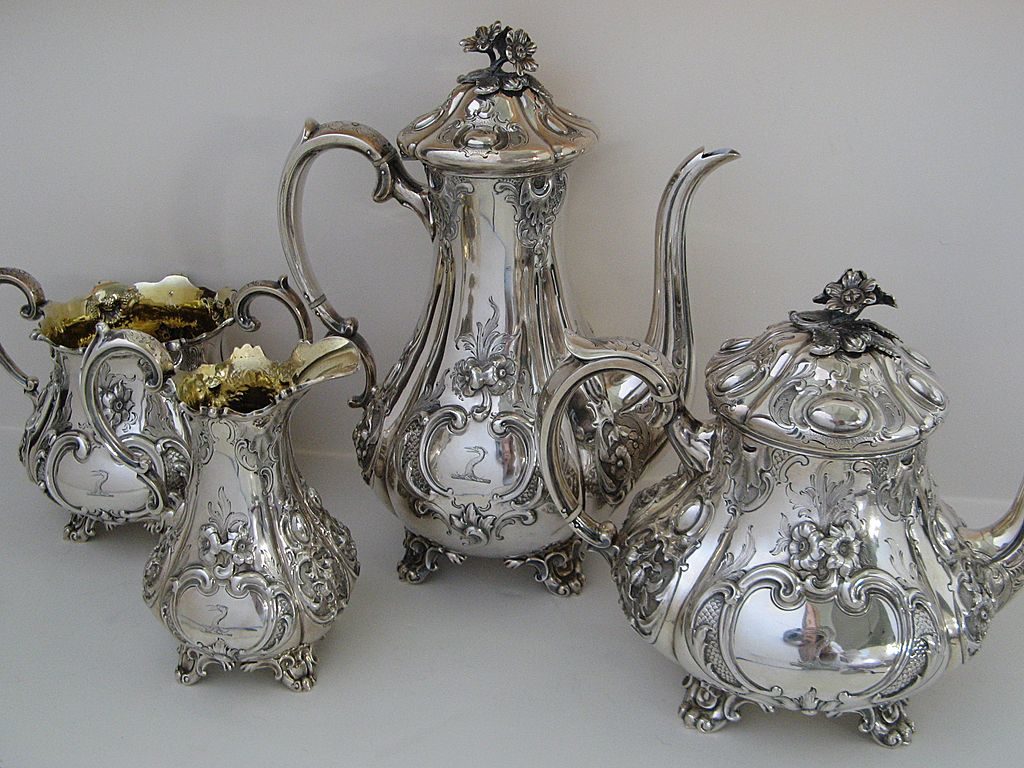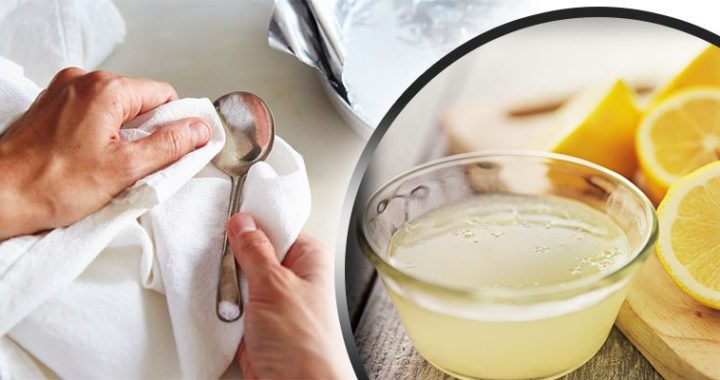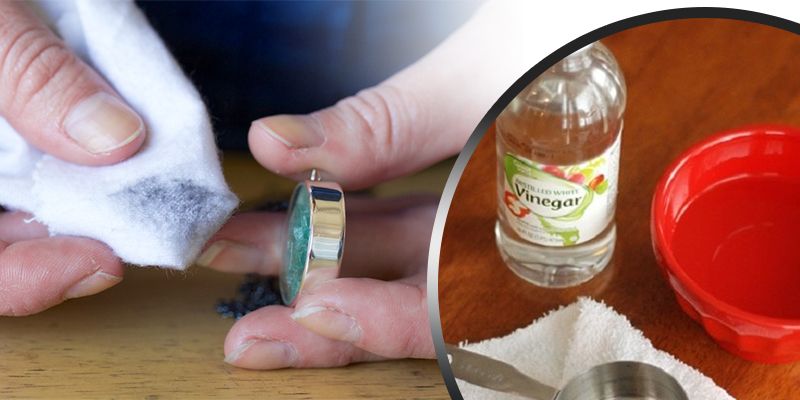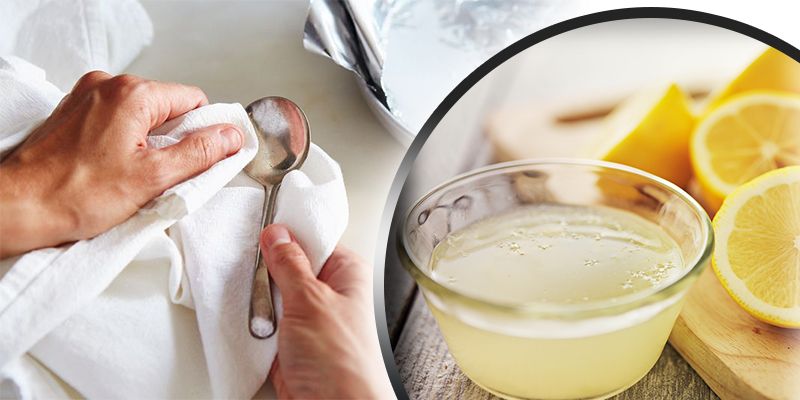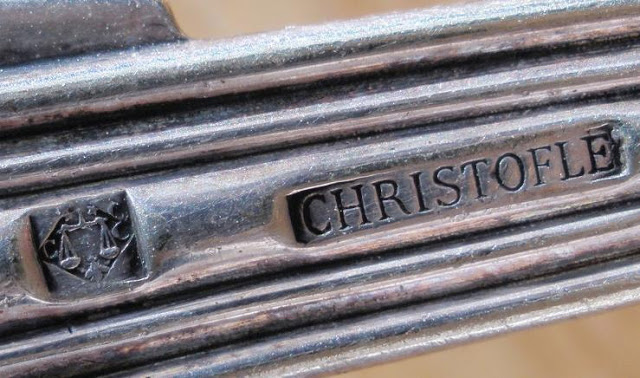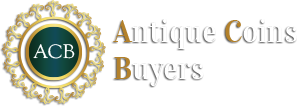If you’ve inherited a set of sterling silver flatware, you may be interested in knowing what its current market value is. While prices do vary from set to set and region to region, there is some basic information you can use to determine how much your silver flatware is worth. Remember, though, that there is a difference between the actual market value of a set of flatware and what someone is willing to pay for it. In some cases, you may be able to get more money for a set of flatware, but in other cases, you may have to take less if you want to quickly sell it.

Sentimental Verses Actual Value
Sadly, antique silver flatware patterns are only worth sentimental value. This means that the silver isn’t sterling, nor is it plated. Instead, the silver layer is incredibly thin and not really worth much of anything. That’s why it’s important to look over all of the silver pieces you have for marks that indicate how pure the silver is. You want to find numbers indicating that your silver is at least 92.5% pure, which is the minimum amount required for it to be classified as silver. You also want to make sure it’s not silver plated. Modern silver pieces use very thin layers of silver, so they aren’t actually worth that much.
Determining the Price of Your Collection
In order to determine what your pieces would be worth to silver flatware collectors, you can do a few different things. The first is to try to determine what silver pattern you have and when your silver was made. Silver flatware was first made during the 12th century in England. If you can find silver marks that indicate your flatware was made during this time, you definitely have something special. In this case, collectors and even museums may be interested in purchasing your collection.
Many other silver sets and items were made during the mid-1800s. During this time, the Industrial Revolution was responsible for an economic boom. Many families wanted to show off their fortunate, so they purchased sets of silver. This led to more silver companies producing various beautiful, ornate pieces. However, it wasn’t long after that the Great Depression brought the silver trade to a halt. You’ll find that the antique flatware worth of later sets isn’t as much since it was mostly covered in silver plating so as to be more affordable.
Check Prices and Get an Appraisal
Once you’ve determined when your silver was made, you can look online to see what similar pieces or collections have sold for. This will give you a ballpark idea about what you can get for your set. Some silver sets are sound per piece (indicated by pp by the price), while complete sets may actually be sold as one lot.
Another way of learning the current market value of your pieces is to take them to an appraiser. These experts will be able to give you a good idea of what your personal silver flatware is worth. They will take into account any damage or missing pieces your set may have in order to give you the most accurate estimate.


